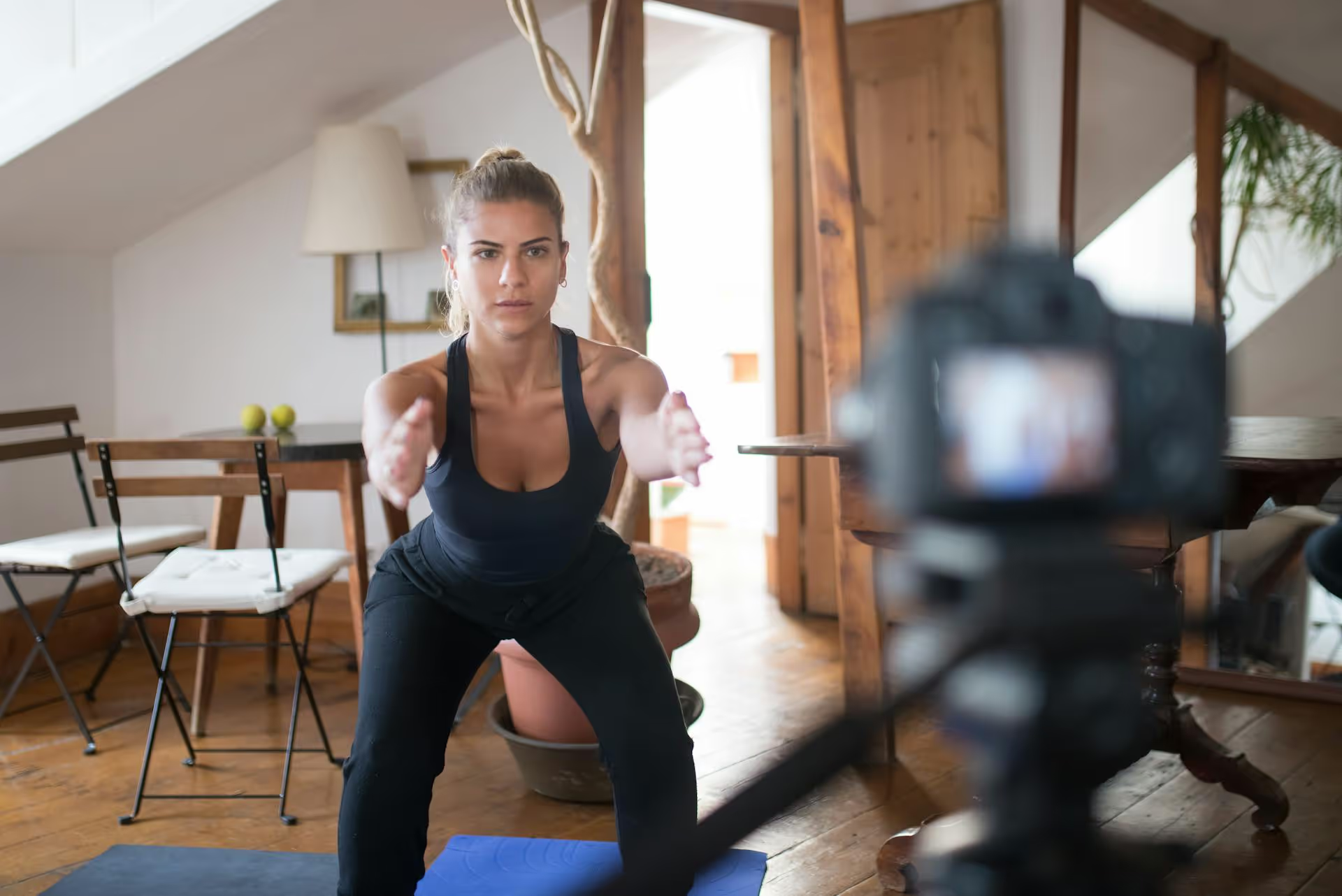How to Add Social Media Icons to an Email Signature
Enhance your email signature by adding social media icons. Discover step-by-step instructions to turn every email into a powerful marketing tool.

Selling clothes online is no longer about just setting up a website, it's about meeting your customers where they hang out. Right now, that's on social media. This guide will walk you through a practical, step-by-step process for turning your social media profiles into a thriving clothing boutique.
Every social platform has its own personality, and trying to be everywhere at once is a fast track to burnout. For selling clothes, your focus should be on visual platforms where your products can truly shine. Let's look at the top contenders.
Our advice? Start with one or two. Master Instagram and TikTok first, as they have the most direct path to getting your clothes in front of motivated buyers. Once you have a handle on those, you can begin to expand your presence.
The "sell to everyone" strategy is a "sell to no one" reality. To stand out in a crowded market, you need to be specific. Your niche isn't just what you sell, but who you sell it to and why. Are you focused on sustainable linen basics, thrifted Y2K streetwear, or custom-designed graphic tees for book lovers? Each one of those will attract a very different customer.
Once you've defined your niche, get laser-focused on your ideal customer. Don't just think about age and location. Dig deeper:
Knowing this information guides everything you do, from the style of your photos to the language in your captions and the hashtags you use.
Your social media profile is your virtual storefront window. It needs to instantly communicate who you are and make it easy for people to shop. Here are a few non-negotiables:
Content is the heart of your social media strategy. This is where you move beyond just listing products and start building a brand that people want to be a part of. Here's what you should focus on.
Grainy, poorly lit photos won't cut it. Customers can't touch or feel the fabric, so your visuals have to do all the work. You don't need an expensive camera, your smartphone and good natural light can create amazing results.
Static images are great, but video is what stops the scroll. Platforms like TikTok and Instagram heavily favor Reels, so making video a core part of your strategy is non-negotiable in today's landscape.
A great visual hooks them, but the caption closes the deal. Don't just list the features, tell a story. Instead of "Blue cotton dress," try something like: "The Saturday afternoon dress you've been dreaming of. Made from the softest lightweight cotton, it's perfect for wandering through the farmer's market or finally reading that book in the park."
Every product-focused caption should also include nuts-and-bolts details:
Social media isn't a broadcast channel, it's a conversation. Building an engaged community of followers who trust you is what leads to consistent sales.
You've captured their attention and they want to buy. Now, make it as easy as possible for them to give you their money.
Consistency is everything on social media. Posting sporadically tells the algorithm (and your audience) that you're not fully committed. But coming up with fresh ideas every single day is overwhelming. The solution? Planning.
Map out your posts on a content calendar at least a week or two in advance. A simple spreadsheet works, but a visual planner can make it much easier to get a bird's-eye view of your feed. Plan for a mix of content: product promos, styling videos, behind-the-scenes glimpses, and UGC features. This not only saves you from the daily "what do I post?" panic but also ensures you're building a well-rounded brand, not just a catalog of products.
Selling your clothes on social media successfully comes down to a simple formula: find your niche, create beautiful and helpful content that serves that niche, build a genuine community through engagement, and make the buying process seamless. By following these steps consistently, you can transform your social feed into a powerful and profitable sales channel.
As we've worked to build our brands, we discovered that many social media tools just weren't designed for how commerce works today. We wrestled with tools that couldn't handle scheduling short-form video properly, struggled to keep all our accounts connected, and made it difficult to manage the flood of comments and DMs across platforms. We created Postbase to fix that--it's a modern platform built from the ground up to help you plan, schedule, and engage with your community without the headaches. It just works, so you can spend less time fighting your tools and more time building your clothing brand.
Enhance your email signature by adding social media icons. Discover step-by-step instructions to turn every email into a powerful marketing tool.
Learn how to add your Etsy link to Pinterest and drive traffic to your shop. Discover strategies to create converting pins and turn browsers into customers.
Grant access to your Facebook Business Manager securely. Follow our step-by-step guide to add users and assign permissions without sharing your password.
Record clear audio for Instagram Reels with this guide. Learn actionable steps to create professional-sounding audio, using just your phone or upgraded gear.
Add translations to Instagram posts and connect globally. Learn manual techniques and discover Instagram's automatic translation features in this guide.
Optimize your Facebook Business Page for growth and sales with strategic tweaks. Learn to engage your community, create captivating content, and refine strategies.
Wrestling with social media? It doesn’t have to be this hard. Plan your content, schedule posts, respond to comments, and analyze performance — all in one simple, easy-to-use tool.